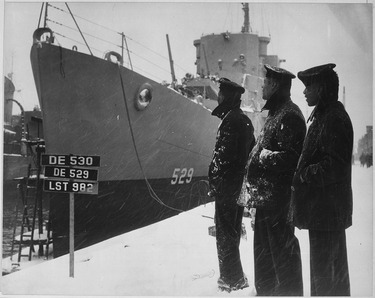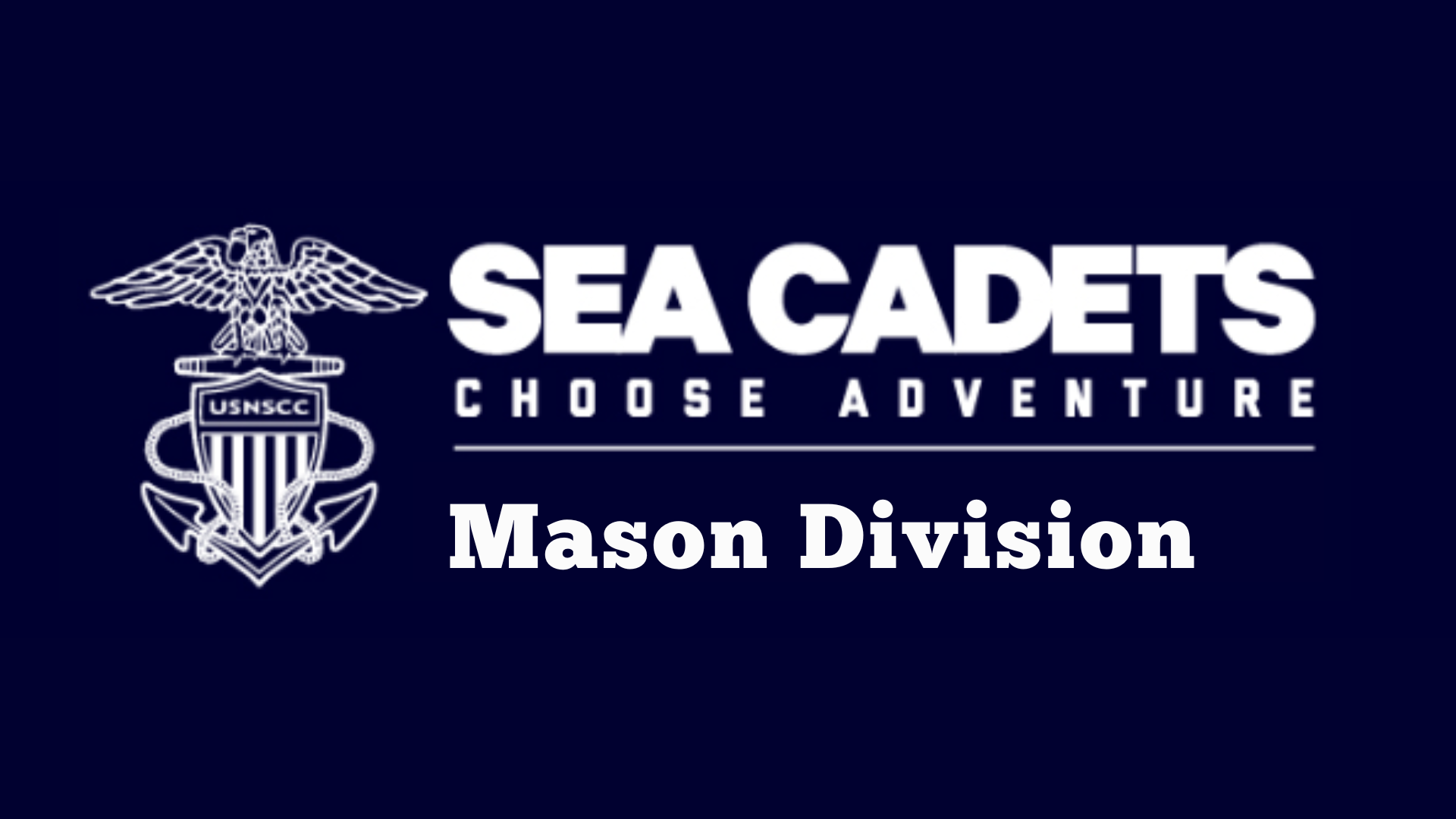Newton Henry Mason
24 December 1918 – May 1942
Newton Henry Mason was a decorated United States Navy fighter pilot who was killed in action at the Battle of the Coral Sea.
Mason was born in New York City on 24 December 1918. He enlisted as a seaman in the United States Naval Reserve on 07 November 1940 and on 10 February 1941, was appointed an aviation cadet. In September 1941, he was assigned to U.S. Navy Fighting Squadron 3 (VF-3) aboard the aircraft carrier USS Saratoga as a Grumman F4F Wildcat fighter pilot. After USS Saratoga was damaged by a Japanese submarine torpedo, he reported to VF-3 while it was stationed at Marine Corps Air Station Ewa, Territory of Hawaii.
He was later reassigned to Fighting Squadron 2 (VF-2) and, on 8 May 1942, Ensign Mason’s first and only aerial combat occurred during the Battle of the Coral Sea when he disappeared during action with Imperial Japanese Navy aircraft. He was declared missing in action (probably the victim of Mitsubishi A6M Zero fighters from the Japanese aircraft carrier Shōkaku) and was posthumously awarded the Distinguished Flying Cross for his skill and courage in battle.
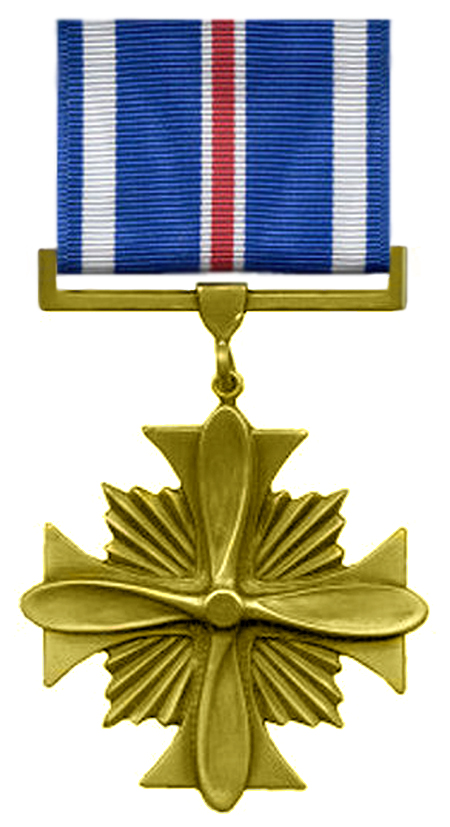
USS Mason (DDG-87)
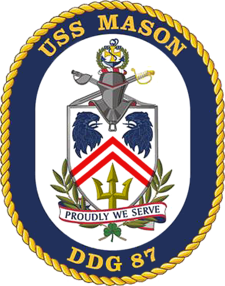
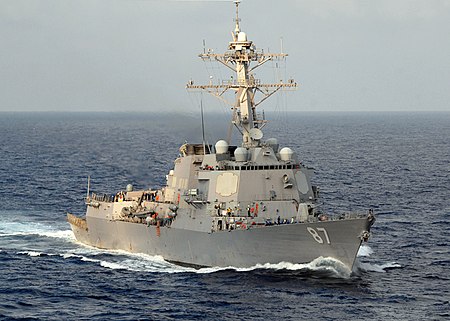
Awards
Combat Action Ribbon – (9-15 Oct 2016, Oct 2023-Apr 2024)
Navy Unit Commendation – (Oct 2006-May 2007, Sep 2008-Apr 2009; Oct 2023-May 2024)
- Navy Meritorious Unit Commendation – (Jan 2011-Nov 2012)
Navy E Ribbon – (2004, 2005, 2016, 2023)
- Navy Expeditionary Medal – (Sep-Nov 2013)
- Battenberg Cup – (2016)
LANTFLT Anti-Submarine Warfare (ASW) Bloodhound Award – (2015, 2019)
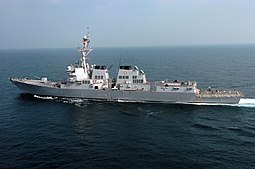
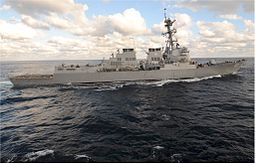
USS Mason (DDG-87) is the 37th Arleigh Burke-class destroyer in the United States Navy and the 21st ship of this class to be built at Bath Iron Works in Bath, Maine. She is named in honor of the non-segregated crew serving on board USS Mason (DE-529). Construction began on 19 January 2000 and she was launched and christened on 23 June 2001. On 12 April 2003, a commissioning ceremony was held at Port Canaveral, Florida. On 22 August 2022, she changed her homeport from Norfolk, Virginia to Mayport, Florida.
USS Mason conducted her maiden deployment with the USS Harry S. Truman Carrier Strike Group in support of Operation Iraqi Freedom/Operation Enduring Freedom in late 2004 and returned home after six months on 18 April 2005.
On 03 October 2006, USS Mason departed Naval Station Norfolk for a seven-month deployment to the Persian Gulf in support of the Global War on Terrorism during which she participated in Exercise Neon Falcon before returning home in May 2007.
On 12 September 2008, USS Mason deployed with the aircraft carrier USS Theodore Roosevelt for a scheduled deployment.
On 12 March 2011, USS Mason sailed through the Suez Canal en route to the Mediterranean to support possible humanitarian or military action in response to the Libyan Civil War. In April 2011, a boarding team from the ship successfully liberated five Yemeni hostages from eleven Somali pirates who had taken over the Yemeni-flagged ship F/V Nasri. The pirates had seriously injured two other fishermen in their attack, left the wounded ashore, and then taken Nasri to sea as a pirate mothership.
On 22 July 2013, USS Mason deployed to the 5th and 6th Fleet area of responsibility as part of the Harry S. Truman Carrier Strike Group and returned to her homeport on 18 April 2014.
On 07 November 2015, Mason, acting as the flagship for Destroyer Squadron 26, completed the first East Coast Passing Exercise with the People’s Republic of China’s People’s Liberation Army-Navy [PLA(N)] ships and U.S. Navy warships.
On 03 October 2016, USS Mason deployed off the coast of war-torn Yemen following an attack on the United Arab Emirates operated HSV-2 Swift. On 09 October 2016, USS Mason, operating near the Bab-el-Mandeb strait, was targeted by two missiles fired from Houthi-controlled territory. Both missiles fell short and crashed into the water. USS Mason fired two SM-2 Standard missiles and one RIM-162 ESSM missile to intercept the two missiles as well as deploying its Nulka missile decoy. This marked the first recorded instance of ship-based anti-air missiles being fired from vertical launching cells in combat in response to an actual inbound missile threat.
On 12 October 2016, USS Mason was again targeted by two missiles fired from Yemeni territory while operating in the Bab el-Mandeb strait but again was not hit. While one missile fell into the sea, USS Mason successfully intercepted the second missile.
On 15 October 2016, USS Mason was targeted in a third attack by five anti-ship cruise missiles while operating in the Red Sea north of the Bab el-Mandeb strait. The Navy Times reported the Mason fired a radar decoy, an infrared decoy, and several SM-2 Standard missiles in response, either neutralizing or intercepting four of the five incoming missiles. The fifth incoming missile was neutralized by a radar decoy launched from USS Nitze, after USS Mason alerted her to the threat.
On 23 May 2017, USS Mason was awarded the 2016 Battenberg Cup signifying she was the best all-around ship or submarine in the United States Navy’s Atlantic Fleet based on crew achievements. USS Mason was only the fifth destroyer in the last 111 years to receive the award.
On 26 November 2023, Mason responded to a distress call from the commercial tanker Central Park, which was seized by gunmen in the Gulf of Aden. Five gunmen tried to escape on a fast boat, but were chased and eventually surrendered to a search and seizure team dispatched by Mason. Two ballistic missiles were fired from Houthi-controlled parts of Yemen towards the general direction of Mason and Central Park, but they landed about 10 nautical miles away from the ships, with no reported injuries or damage.
On 6 December 2023, Mason shot down an air drone headed toward Mason from Yemen, which officials attributed to Iran-allied Houthi rebels, as it was in the southern Red Sea. After the Norwegian-flagged oil and chemical tanker Strinda, traveling from Malaysia and carrying a cargo of palm oil, was struck by an anti-ship cruise missile while passing through the Bab-el- Mandeb strait on 11 December 2023, Mason responded to the ship's distress call and rendered assistance.
On 13 December 2023, Mason shot down in self-defense a drone launched from a Houthi-controlled area of Yemen, that was heading directly towards the Mason. Mason was at the time responding to the distress call issued by the tanker Ardmore Encounter as a result of Houthi forces unsuccessful attempt to board the tanker on skiffs.
On 12 January 2024, Philippine Sea, Mason and Gravely fired Tomahawk cruise missiles at Iranian- backed Houthi rebels in Yemen. Aircraft from Carrier Air Wing Three, embarked on the carrier Dwight D. Eisenhower also participated in the strikes.
USS Mason (DE-529)
USS Mason (DE-529) was an Evarts-class destroyer escort and the second ship of the United States Navy to be named Mason, though DE-529 was the only one specifically named for Ensign Newton Henry Mason. USS Mason’s keel was laid down in the Boston Navy Yard on 14 October 1943. She was launched on 17 November 1943 and commissioned on 20 March 1944. USS Mason was one of two U.S. Navy ships with largely African-American crews in World War II (the other was USS PC-1264, a submarine chaser). These two ships were manned by African Americans as the result of a letter sent to President Roosevelt by the NAACP in mid-December 1941.
After entering service in 1944, USS Mason was used for convoy duty in the Battle of the Atlantic for the remainder of World War II. Following a shakedown cruise off Bermuda, USS Mason departed from Charleston, South Carolina, on 14 June, escorting a convoy bound for Europe, arriving at Horta Harbor, Azores, on 06 July 1944. She got underway from Belfast, Northern Ireland, headed for the East Coast on 26 July, arriving at Boston Harbor on 02 August for convoy duty off the harbor through August.
On 02 September 1944, she arrived at New York City to steam on 19 September in the screen for convoy NY.119. On 18 October, the ship suffered and self-repaired critical structural damage and still rescued ships from the convoy. The crew of USS Mason was not awarded a letter of commendation until 1994 for meritorious service during this action. USS Mason reached Falmouth, Cornwall (England) with part of the convoy and she returned to New York from Plymouth, England, and the Azores on 22 November.
On 17 December 1944, USS Mason joined Task Force 64 at Norfolk, Virginia. Two days later she sailed in convoy for Europe, passing by Gibraltar on 04 January 1945 to be relieved of escort duties. Continuing to Algeria, she entered Oran on 05 January for the formation of Task Group 60.11 and cleared Oran on 07 January 1945. USS Mason steamed to Bermuda for repairs, entering St. George’s Harbor on 19 January and five days later she reached the New York Navy Yard.
Following World War II, USS Mason was decommissioned on 12 October 1945 and sold for scrap and broken up in 1947.
